Bureau of Land Management near Tucson has initiated public scoping for the Middle Gila South Access and Transportation Plan. This is located near Florence, AZ and other small towns and communities in Pinal, Pima, Cochise, and Gila counties, and includes approximately 725 miles of existing undesignated access routes. It is a popular area for full size 4×4 recreation.
There is already congressionally designated Wilderness such as White Canyon Wilderness and other restrictive areas within and surrounding the project area such as the Tonto National Forest. Over 700 miles of trails are used by a wide variety of recreation users. There also appears to be many trails that are missing from the inventory. It is during this scoping period of the process that it is most advantageous to share missing routes with the BLM.
BLM is in an “inventory” phase where they are addressing access needs and the purpose and need for each mileage of trail. Specific knowledge of the area and trails will be crucial in this planning process. They have developed three preliminary alternatives in addition to Alternative A, which is current management where no mileage of trails are officially designated within the project area of 212,000 acres. You can compare the various alternatives in the below maps. Alternative D states that its focus is to consider access needs and reduce user conflicts and resource impacts. Often times user conflicts aren’t properly defined, reported or documented but simply non-motorized groups complaining about motorized users. BLM is obligated to not favor one user group over another.
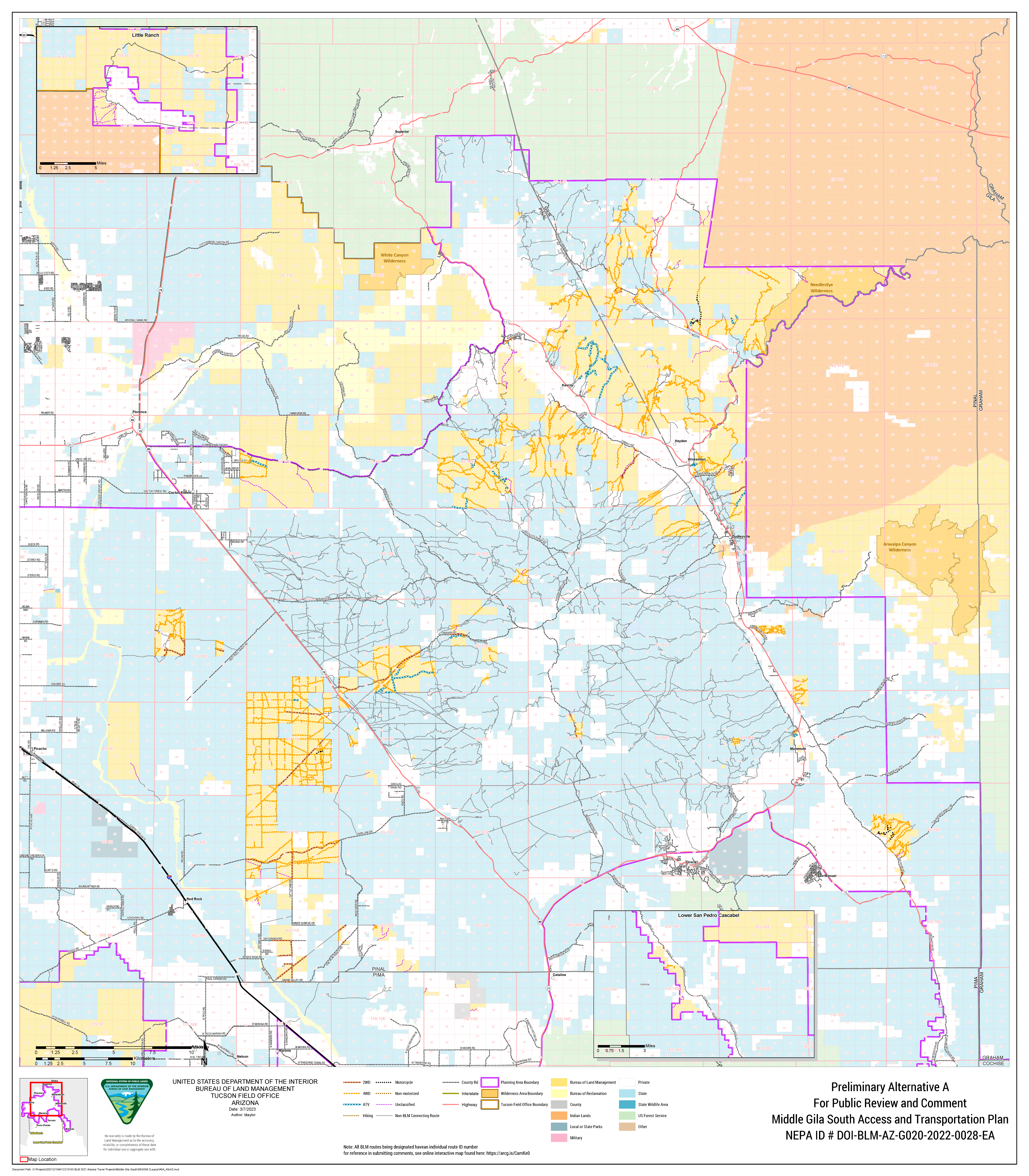
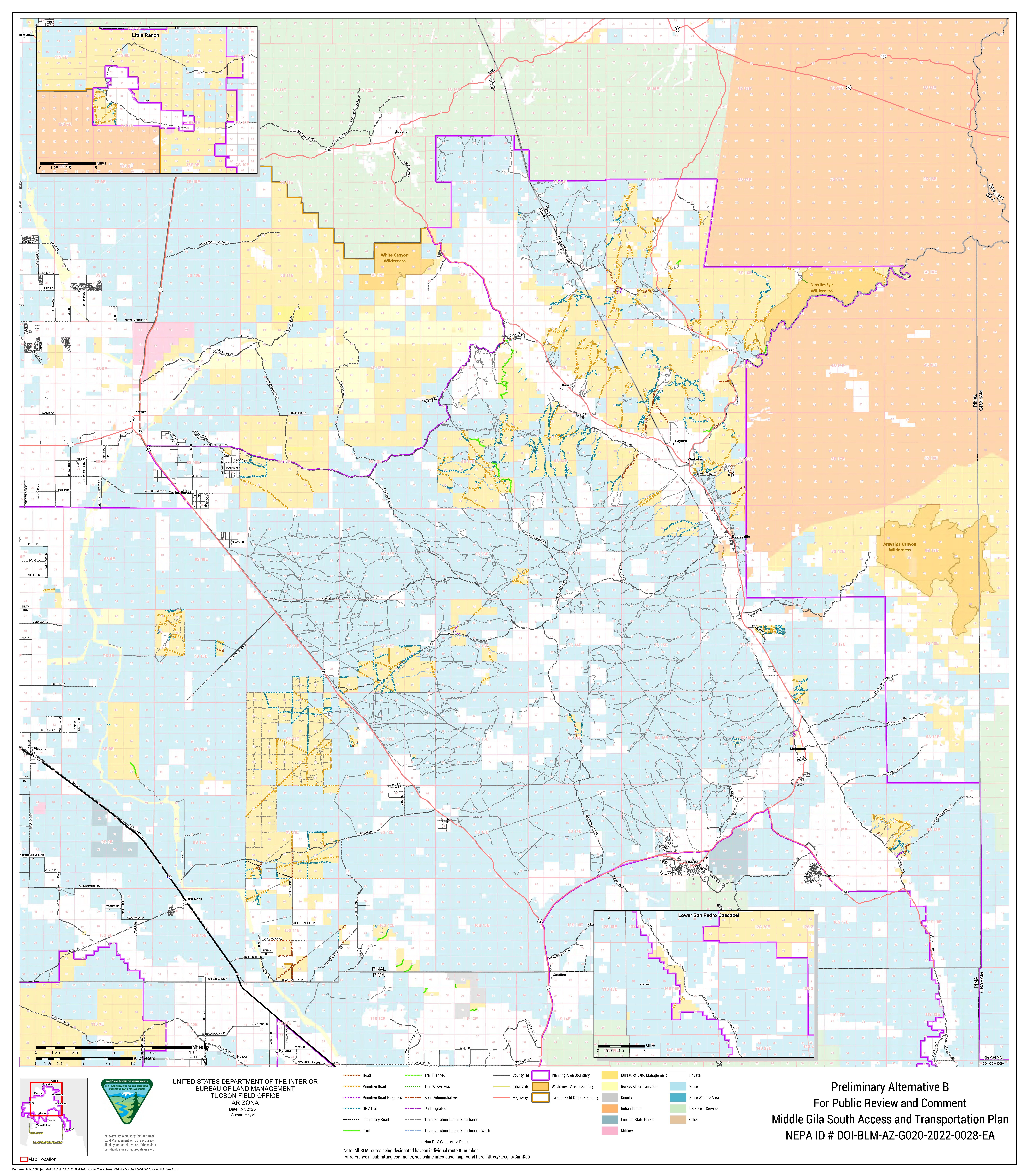
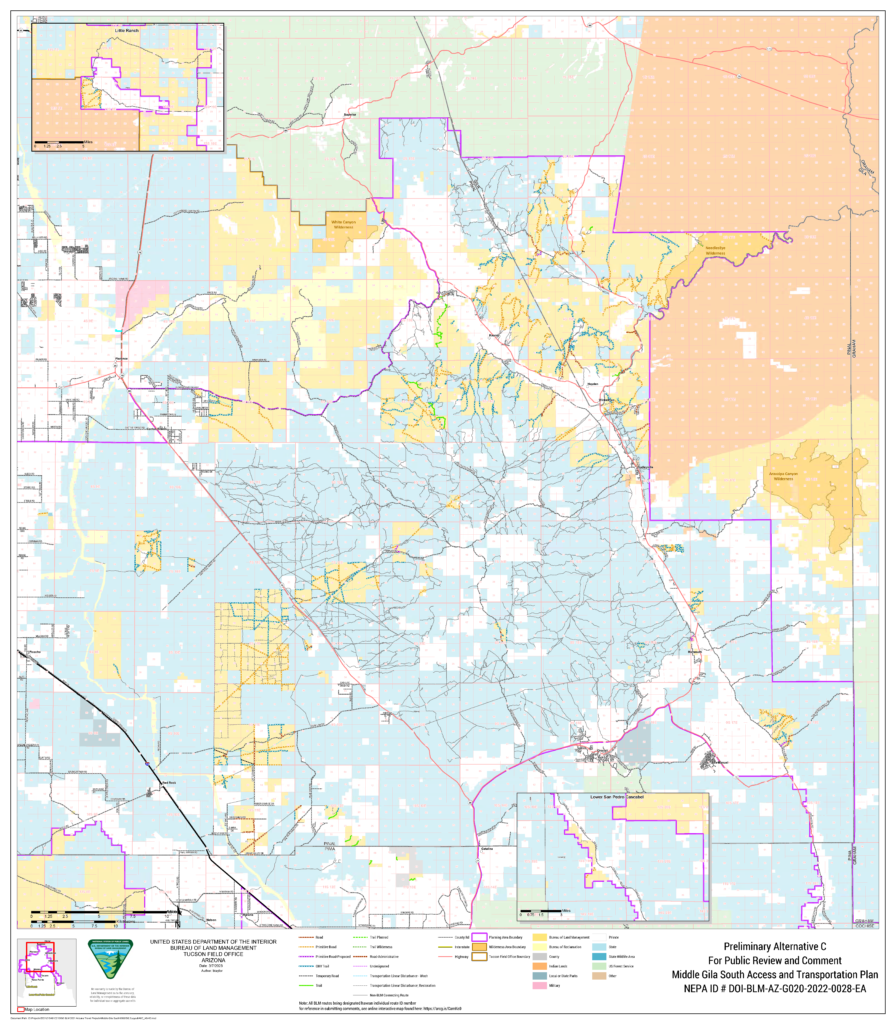
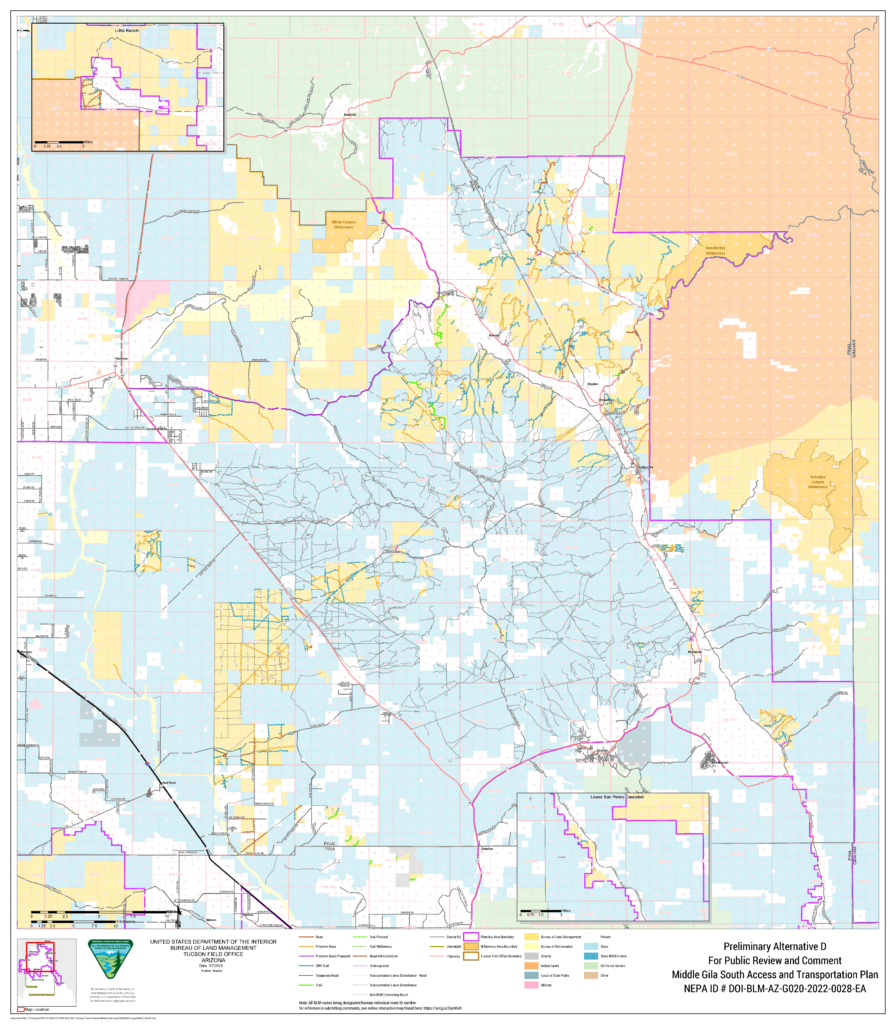
There is currently an issue of locked gates closing off access to users. This needs to be addressed as the BLM creates the official alternatives.
Alternative D states, “Under Alternative D, existing routes with limited function would be designated open to OHV use but not maintained. New access routes would be constructed to bypass locked gates blocking public access to existing route networks.”
Please submit a comment to the BLM to let them know that a modified Alternative D needs to be selected in order to accommodate use in the area and mitigate impacts.




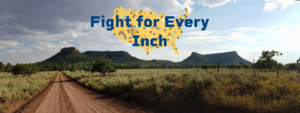
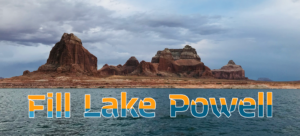
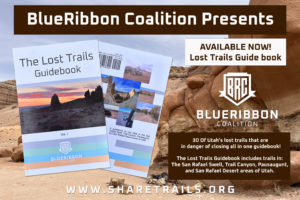
Why is closure so popular? Seems like Public lands should be kept open as much as possible. Whether a popular or not so popular a route it should be kept open.
What benefit does closure provide to us. Our lives are getting more and more secluded from nature. Why must we then remove our ability to access nature more, no one practically or even physically can uses 700 miles of trails on foot. All this does is keep away people from being in nature.
Motorized vehicles are often times the only way for many people to access nature. Few have the fitness and most importantly the time to get out to the far out areas.
Public land is just that!! So why is it that such a small group of individuals get to decide how it should be used?? I’m a senior citizen and not capable of putting on a 70 lb back pack and hiking 700 miles but I can put some gear in my sxs and enjoy the ride!!! By closing these trails you are discriminating against a very large group of people!! Also motorized recreation pumps more than 87 billion dollars in to the economy!! Why would you not want some of that money??? Keep the trails open!!!
I live in Benson, AZ and it’s nearly impossible to find trails on a dual sport ride. The area is vast wide-open land for the most part and all the access gates are locked it seems. Private landowners should not be able to block the public from access to public lands. The area is economically depressed and expanding the trail system for off road enthusiasts would be bring much revenue (and smiles) to this area.